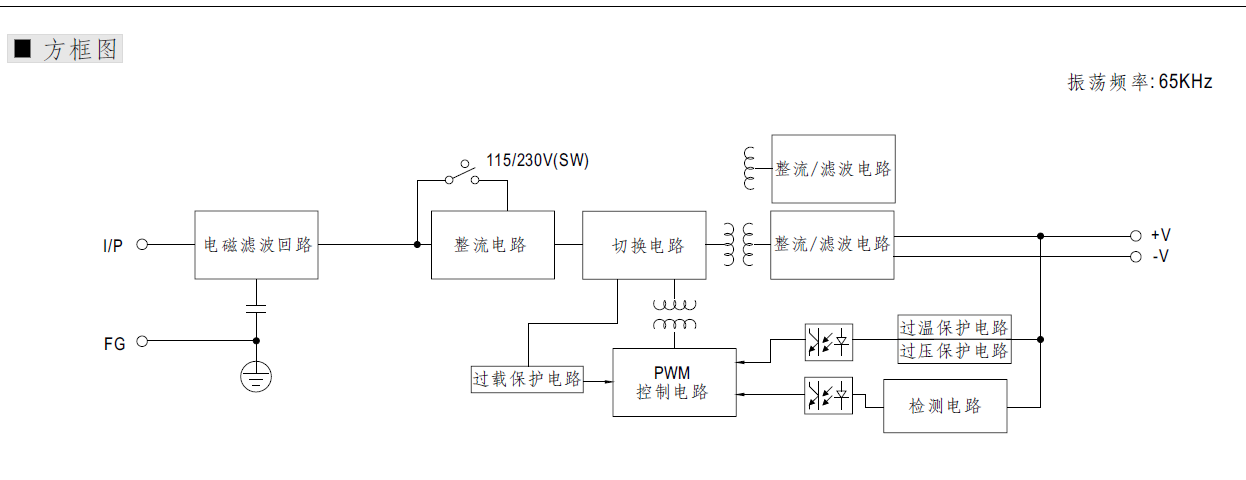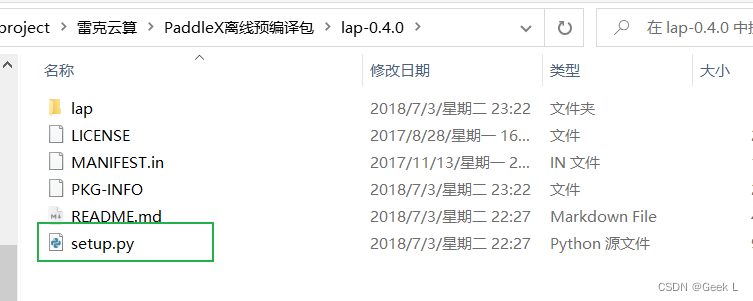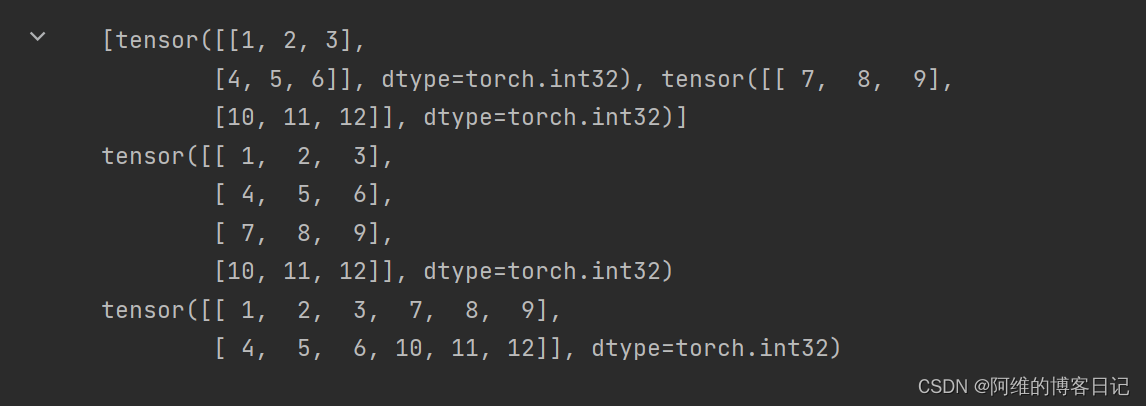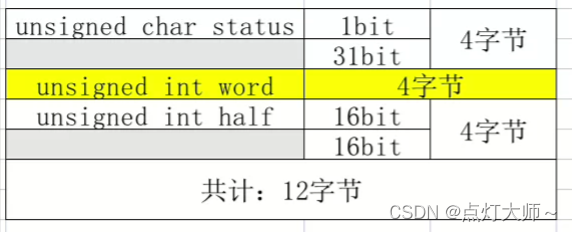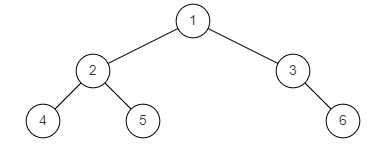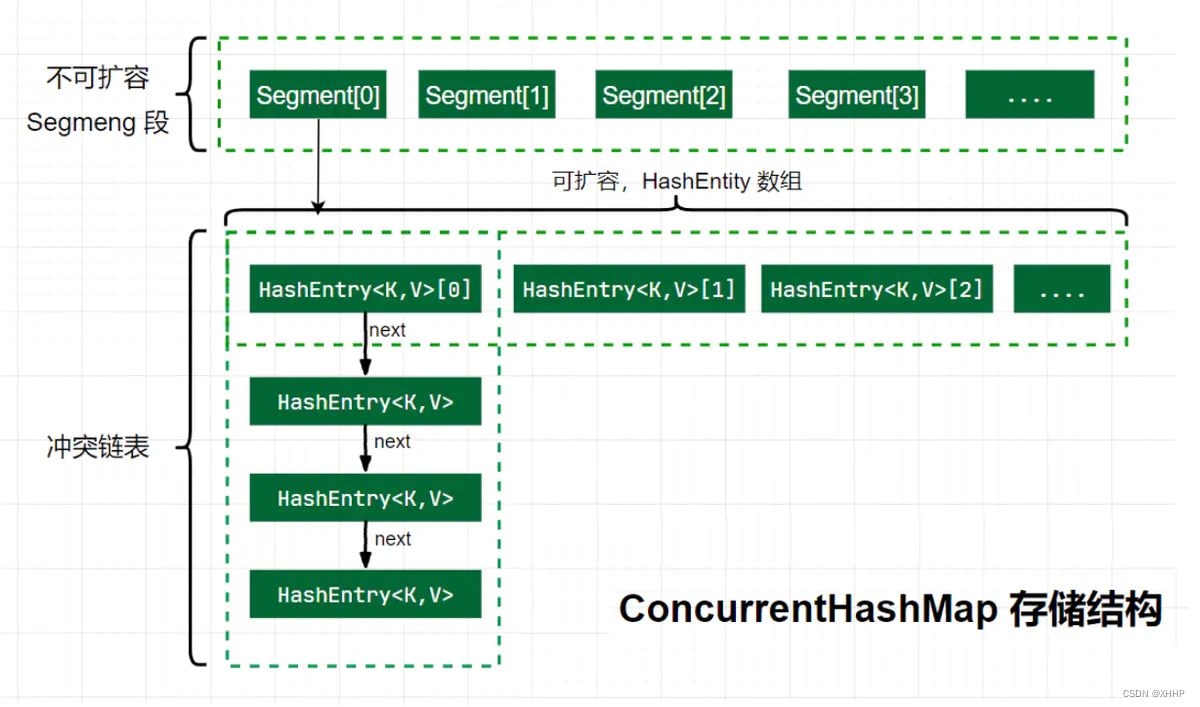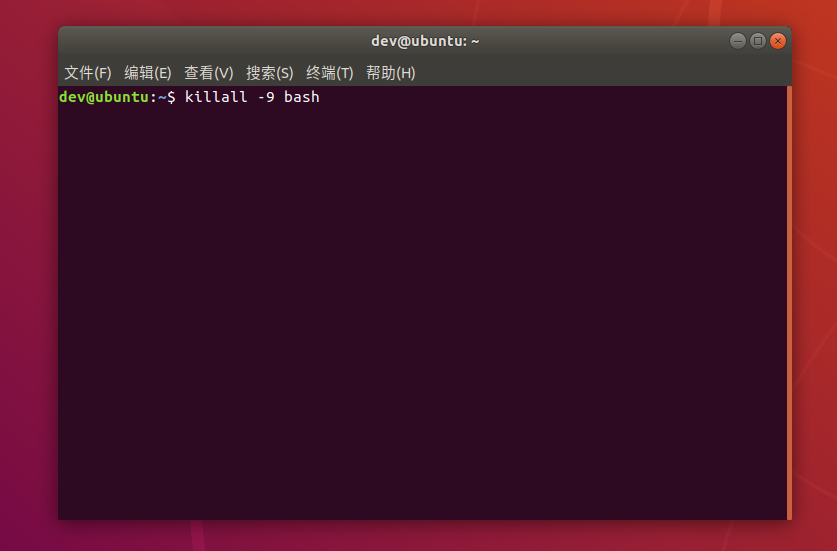判断
文章目录
- 判断
- 一、条件测试
- 二、流程控制
- 1.单分支结构
- 2.双分支结构
- 3.多分支结构
- 4.嵌套结构
- 三、匹配模式

一、条件测试
格式:
格式1:test 条件表达式
格式2:[ 条件表达式 ]
格式3:[[ 条件表达式 ]]
注意:[] 中的条件表达式两边需要空格
1、字符串比较
[“字符串”=“字符串”]
=,==( 等于 )
[root@nfs 桌面]# [ "$USER" = "root" ];echo $?
0
[root@nfs 桌面]# [ "$USER" == "root" ];echo $?
0
[root@nfs ~]# su - guan
上一次登录:五 12月 30 14:33:12 CST 2022pts/0 上
[guan@nfs ~]$ [ "$USER" = "root" ];echo $?
1
[guan@nfs ~]$ [ "$USER" = "guan" ];echo $?
0
!=( 不等于 )
[root@nfs ~]# [ "$USER" = "root" ];echo $?
0
[root@nfs ~]# [ "$USER" != "guan" ];echo $?
0
[root@nfs ~]# [ "$USER" = "guan" ];echo $?
1
-z:判断字符串长度是为0
[root@web1 ~]# var1=123
[root@web1 ~]# [ -z "$var1" ];echo $?
1
[root@web1 ~]# var2=
[root@web1 ~]# [ -z "$var2" ];echo $?
0
-n:判断字符串长度不是为0
[root@nfs ~]# var1=123
[root@nfs ~]# var2=
[root@nfs ~]# [ -n "$var1" ];echo $?
0
[root@nfs ~]# [ -n "$var2" ];echo $?
1
例子
[root@nfs 桌面]# vim test04.sh
[root@nfs 桌面]# bash test04.sh
请输入你的选择:[yes/no]yes
hello
[root@nfs 桌面]# bash test04.sh
请输入你的选择:[yes/no]no
heihei
[root@nfs 桌面]# cat test04.sh
#!/bin/bash
read -p "请输入你的选择:[yes/no]" select
if [ $select = "yes" ]
then
echo hello
else
echo heihei
fi
2、文件测试
[ 操作符 文件或目录 ]
[root@nfs ~]# ls /test
ls: 无法访问/test: 没有那个文件或目录
[root@nfs ~]# [ -d /test ];echo $?
1
[root@nfs ~]# [ -d /home ];echo $?
0
[root@nfs 桌面]# test -d /home //-d 后跟一个目录
[root@nfs 桌面]# test -d /home;echo $?
0
[root@nfs 桌面]# ls
2022-12-28_file1.txt ping.sh VMwareTools-10.3.10-13959562.tar.gz
2022-12-28_file2.txt test01.sh vmware-tools-distrib
bash.sh test02.sh yum.sh
file1 test03.sh zabbix-6.0.9.tar.gz
nginx-1.22.0 test04.sh zabbix.shell
nginx-1.22.0.tar.gz test05.sh
percona-xtrabackup24.rpm.zip test.sh
[root@nfs 桌面]# [ -f nginx-1.22.0 ];echo $?
1
[root@nfs 桌面]# [ -f 2022-12-28_file1.txt ];echo $?
0
[root@nfs 桌面]# ls /dev/sd*
/dev/sda /dev/sda1 /dev/sda2
[root@nfs 桌面]# ls /dev/sd* -l
brw-rw---- 1 root disk 8, 0 12月 28 21:28 /dev/sda
brw-rw---- 1 root disk 8, 1 12月 28 21:28 /dev/sda1
brw-rw---- 1 root disk 8, 2 12月 28 21:28 /dev/sda2
[root@nfs 桌面]# file /dev/sda
/dev/sda: block special
[root@nfs 桌面]# [ -b /dev/sda ];echo $?
0
[root@nfs 桌面]# ls -l file1
-rw-r--r-- 1 root root 78 12月 28 18:22 file1
[root@nfs 桌面]# chmod u+s file1
[root@nfs 桌面]# ls -l file1
-rwSr--r-- 1 root root 78 12月 28 18:22 file1
[root@nfs 桌面]# [ -u file1 ];echo $?
0
[root@nfs 桌面]# chmod u-s file1
[root@nfs 桌面]# ls -l file1
-rw-r--r-- 1 root root 78 12月 28 18:22 file1
[root@nfs 桌面]# [ -u file1 ];echo $?
1
| -f filename: | 当filename 存在时返回真 |
| -b filename: | 当filename 存在并且是块文件时返回真(返回0) |
| -d pathname: | 当pathname存在并且是一个目录时返回真 |
| -h filename: | 当filename 存在并且是符号链接文件时返回真(或 -L filename) |
| -u pathname: | 当pathname指定的文件或目录存在并且设置了SUID位时返回真 |
| -c filename: | 当filename 存在并且是字符文件时返回真 |
| -e pathname: | 当由pathname 指定的文件或目录存在时返回真 |
| -g pathname: | 当由pathname 指定的文件或者目录存在并且设置了SGID位时返回真 |
| -k pathname: | 当由pathname 指定的文件或者目录存在并且设置了"粘滞" 位时返回真 |
| -p filename: | 当filename 存在并且是命名管道时返回真 |
| -r pathname: | 当由pathname指定的文件或目录存在并且可读时返回真 |
| -s filename: | 当filename 存在并且文件大小大于0时返回真 |
| -S filename: | 当filename 存在并且时socket 时返回真 |
| -t fd : | 当fd时与终端设备相关联的文件描述符时返回真 |
| -w pathname: | 当由pathname 指定的文件或目录存在并且返回真时 |
| -x pathname: | 当由pathname 指定的文件或目录存在并且可执行时返回真 |
| -O pathname: | 当由pathname 存在并且被当前进程的有效用户id的用户拥有时返回真(字母大写O) |
| -G pathname: | 当由pathname 存在并且属于当前进程的有效用户id的用户的用户组时返回真 |
| file1 -nt file2: | file1 比 file2 新时返回真 |
例子
[root@nfs 桌面]# vim test05.sh
[root@nfs 桌面]# bash test05.sh
请输入安装的目录:/test
你输入的目录不存在,开始创建。
你的目录 /test ,已创建。
程序已经开始安装
[root@nfs 桌面]# bash test05.sh
请输入安装的目录:/test
/test 目录已存在,安装程序开始
[root@nfs 桌面]#
[root@nfs 桌面]# ls /
backup boot dev home lib64 mnt proc run srv test usr webdata
bin b.org etc lib media opt root sbin sys tmp var webroot
[root@nfs 桌面]# cd /test
[root@nfs test]#
[root@nfs 桌面]# cat test05.sh
#!/bin/bash
read -p "请输入安装的目录:" dir
if [ -d $dir ]
then
echo "$dir 目录已存在,安装程序开始 "
else
echo "你输入的目录不存在,开始创建。"
mkdir $dir
echo "你的目录 $dir ,已创建。"
echo "程序已经开始安装"
fi
[root@nfs 桌面]#
3、数值比较
[ 整数1 操作符 整数2 ]
[root@nfs 桌面]# id -u
0
[root@nfs 桌面]# su -guan
su: group uan does not exist
[root@nfs 桌面]# su - guan
上一次登录:五 12月 30 14:45:57 CST 2022pts/0 上
[guan@nfs ~]$ id -u //id -u 打印出这个用户的id号
1001
[guan@nfs ~]$ id --help
Usage: id [OPTION]... [USER]
Print user and group information for the specified USER,
or (when USER omitted) for the current user.
-a ignore, for compatibility with other versions
-Z, --context print only the security context of the current user
-g, --group print only the effective group ID
-G, --groups print all group IDs
-n, --name print a name instead of a number, for -ugG
-r, --real print the real ID instead of the effective ID, with -ugG
-u, --user print only the effective user ID
-z, --zero delimit entries with NUL characters, not whitespace;
not permitted in default format
--help 显示此帮助信息并退出
--version 显示版本信息并退出
如果不附带任何选项,程序会显示一些可供识别用户身份的有用信息。
GNU coreutils online help: <http://www.gnu.org/software/coreutils/>
请向<http://translationproject.org/team/zh_CN.html> 报告id 的翻译错误
要获取完整文档,请运行:info coreutils 'id invocation'
操作符
[root@nfs test]# [ 1 -gt 2 ];echo $? //大于
1
[root@nfs test]# [ 1 -lt 2 ];echo $? //小于
0
[root@nfs test]# [ 1 -eq 2 ];echo $? //等于
1
[root@nfs test]# [ 1 -ne 2 ];echo $? //不等于
0
[root@nfs test]# [ 1 -ge 2 ];echo $? //大于等于
1
[root@nfs test]# [ 1 -le 2 ];echo $? //小于等于
0
C语言风格
[root@nfs test]# ((1<2));echo $?
0
[root@nfs test]# ((1>2));echo $?
1
[root@nfs test]# ((1==2));echo $?
1
[root@nfs test]# ((1>=2));echo $?
1
[root@nfs test]# ((1<=2));echo $?
0
[root@nfs test]# ((1!=2));echo $?
0
[root@nfs test]# vim test07.sh
[root@nfs test]# bash test07.sh
please input your score:59
不及格
[root@nfs test]# bash test07.sh
please input your score:100
及格
[root@nfs test]# cat test07.sh
#!/bin/bash
read -p "please input your score:" num
if [ $num -ge 60 ]
then
echo "及格"
else
echo "不及格"
fi
例子
[root@nfs 桌面]# vim test06.sh
[root@nfs 桌面]# bash test06.sh
admin
[root@nfs 桌面]# cp test06.sh /home/guan
[root@nfs 桌面]# su - guan
上一次登录:五 12月 30 16:36:46 CST 2022pts/0 上
[guan@nfs ~]$ ls
test06.sh
[guan@nfs ~]$ bash test06.sh
user
[guan@nfs ~]$ su - root
密码:
上一次登录:五 12月 30 16:40:09 CST 2022pts/0 上
[root@nfs ~]# cd 桌面
[root@nfs 桌面]# cat test06.sh
#!/bin/bash
num=$(id -u)
if [ $num -eq 0 ]
then
echo "admin"
else
echo "user"
fi
and 和 or
逻辑的(and) 与 (or)
&& 逻辑的 AND 的意思,-a也是这个意思,两个条件同时成立为真。
|| 逻辑的OR的意思, -o也是这个意思,两个条件一个成立为真。
例子
[root@nfs test]# num=61;[ $num -gt 60 -a $num -lt 80 ];echo $?
0
[root@nfs test]# num=59;[ $num -gt 60 -a $num -lt 80 ];echo $?
1
[root@nfs test]# num=59;[ $num -gt 60 -o $num -lt 80 ];echo $?
0
多种表达式
[root@nfs test]# [ 1 -lt 2 -a 5 -gt 10 ];echo $?
1
[root@nfs test]# [ 1 -lt 2 -o 5 -gt 10 ];echo $?
0
二、流程控制
1.单分支结构
语法:
if 条件测试
then 命令序列
fi
例子
需求:编写一个脚本,由用户输入用户名,如果用户名不存在,则创建该用户,并设置密码为123456
[root@nfs test]# vim test08.sh
[root@nfs test]# bash test08.sh
please input a username:tom
123456 | passwd --stdin tom &> /dev/null
tom create finished,the password is 123456
[root@nfs test]# id tom
uid=1006(tom) gid=1006(tom) 组=1006(tom)
[root@nfs test]# cat test08.sh
#!/bin/bash
read -p "please input a username:" name
id $name &> /dev/null
if [ $? -ne 0 ];then
useradd $name
echo "123456 | passwd --stdin $name &> /dev/null"
echo "$name create finished,the password is 123456"
fi
[root@nfs test]# id guan
uid=1001(guan) gid=1001(guan) 组=1001(guan)
[root@nfs test]# bash test09.sh
please input a username:guan //该用户已存在,所以不会进行创建
[root@nfs test]# bash test09.sh
please input a username:lihua
123456 | passwd --stdin lihua &> /dev/null
lihua create finished,the password is 123456
[root@nfs test]# cat test09.sh
#!/bin/bash
read -p "please input a username:" name
if ! id $name &> /dev/null
then
useradd $name
echo "123456 | passwd --stdin $name &> /dev/null"
echo "$name create finished,the password is 123456"
fi
2.双分支结构
语法:
if 条件测试
then 命令序列
else
fi
例子1
需求:编写一个脚本,由用户输入用户名,如果用户名不存在,则创建该用户,并设置密码为123456;否则,提示用户已存在
[root@nfs test]# vim test10.sh
[root@nfs test]# bash test10.sh
please input a username:tom
tom already exist!
[root@nfs test]# userdel -r tom
[root@nfs test]# bash test10.sh
please input a username:tom
123456 | passwd --stdin tom &> /dev/null
tom create finished,the password is 123456
[root@nfs test]# cat test10.sh
#!/bin/bash
read -p "please input a username:" name
if ! id $name &> /dev/null
then
useradd $name
echo "123456 | passwd --stdin $name &> /dev/null"
echo "$name create finished,the password is 123456"
else
echo "$name already exist!"
fi
[root@nfs test]#
例子2
需求:编写一个脚本,由用户输入用户名,判断该用户的uid及gid,如果相同,则显示Good user;否则显示 Bad user。
[root@nfs test]# vim test11.sh
[root@nfs test]# id -u guan
1001
[root@nfs test]# id -g guan
1001
[root@nfs test]# id guan
uid=1001(guan) gid=1001(guan) 组=1001(guan)
[root@nfs test]# bash test11.sh
please input username:guan
Good user.
[root@nfs test]# usermod -g 1008 guan
[root@nfs test]# id guan
uid=1001(guan) gid=1008(tom) 组=1008(tom)
[root@nfs test]# bash test11.sh
please input username:guan
test11.sh:行9: echoBad user.
[root@nfs test]# cat test11.sh
#!/bin/bash
read -p "please input username:" name
user_id=`id -u $name`
group_id=`id -g $name`
if [ $user_id -eq $group_id ];then
echo "Good user."
else
echo "Bad user."
fi
3.多分支结构
语法:
if 条件测试1
then 命令序列
elif 条件测试2
then 命令序列
elif 条件测试3
then 命令序列
else 命令序列
fi
[root@nfs test]# vim test12.sh
[root@nfs test]# bash test12.sh
This is night
[root@nfs test]# date +%H
19
[root@nfs test]# cat test12.sh
#!/bin/bash
#姓名
#时间
#目的
hour=`date +%H`
if [ $hour -ge 6 -a $hour -le 10 ];then
echo "This is morning"
elif [ $hour -ge 11 -a $hour -le 13 ];then
echo "This is noon"
elif [ $hour -ge 13 -a $hour -le 18 ];then
echo "This is afternoon"
else
echo "This is night"
fi
4.嵌套结构
语法:
if 条件测试 then 命令序列
if 条件测试 then 命令序列
else 命令序列
fi
else 命令序列
fi
[root@nfs test]# vim test13.sh
[root@nfs test]# bash test13.sh
please input username: luo
please input your new user password:guan123456
guan123456 | passwd --stdin luo &> /dev/null
luo create finished,password is guan123456
[root@nfs test]# cat test13.sh
#!/bin/bash
read -p "please input username: " name
id $name &> /dev/null
if [ $? -eq 0 ];then
echo "$name already exist!"
else
read -p "please input your new user password:" pass
if [ ${#pass} -ge 7 ];then
useradd $name
echo "$pass | passwd --stdin $name &> /dev/null"
echo "$name create finished,password is $pass "
else
echo "user is not created,beause password is unqualified!"
fi
fi
[root@nfs test]# bash test13.sh
please input username: luo
luo already exist!
[root@nfs test]# bash test13.sh
please input username: abc
please input your new user password:123
user is not created,beause password is unqualified!
三、匹配模式
1.case 语法结构:
case 变量 in
模式1)
命令序列1
;;
模式2)
命令序列2
;;
模式3)
命令序列3
;;
*)
无匹配后命令序列
esac
例子1
[root@nfs test]# vim test14.sh
[root@nfs test]# bash test14.sh
请输入你的操作系统:linux
windows
[root@nfs test]# bash test14.sh
请输入你的操作系统:ubuntu
other...
[root@nfs test]# cat test14.sh
#!/bin/bash
read -p "请输入你的操作系统:" str
case $str in
windows)
echo "linux"
;;
linux)
echo "windows"
;;
*)
echo "other..."
esac
#read -p "请输入你的操作系统:" str
#if [ $str = windows ];then
# echo "linux"
#elif [ $str = linux ];then
# echo "windows"
#else
# echo "other..."
#fi
例子2
[root@nfs test]# cat /etc/redhat-release
CentOS Linux release 7.6.1810 (Core)
[root@nfs test]# cat /etc/redhat-release |awk '{print $4}'
7.6.1810
[root@nfs test]# cat /etc/redhat-release |awk '{print $4}' | awk -F"." '{print $1}'
7
[root@nfs test]# cat test15.sh
#!/bin/bash
#localyum
os_version=`cat /etc/redhat-release |awk '{print $4}' | awk -F"." '{print $1}'`
if [ "$os_version" = "7" ];then
cat > /etc/yum.repos.d/centos7.repo <<-EOF
[centos]
name=centos7
baseurl=ftp://192.168.200.182/contos7u3
gpgcheck=0
EOF
yum makecache
yum repolist
echo "yum configuration completed!"
fi
if [ "$os_version" = "6" ];then
cat > /etc/yum.repos.d/centos6.repo <<-EOF
[centos]
name=centos6
baseurl=ftp://192.168.200.182/contos6u3
gpgcheck=0
EOF
yum makecache
yum repolist
echo "yum configuration completed!"
fi
if [ "$os_version" = "5" ];then
cat > /etc/yum.repos.d/centos5.repo <<-EOF
[centos]
name=centos5
baseurl=ftp://192.168.200.182/contos5u3
gpgcheck=0
EOF
yum makecache
yum repolist
echo "yum configuration completed!"
fi
[root@nfs test]# vim test16.sh
[root@nfs test]# cat test16.sh
#!/bin/bash
#localyum
os_version=`cat /etc/redhat-release |awk '{print $4}' | awk -F"." '{print $1}'`
case "$os_version" in
"7")
cat > /etc/yum.repos.d/centos7.repo <<-EOF
[centos]
name=centos7
baseurl=ftp://192.168.200.182/contos7u3
gpgcheck=0
EOF
yum makecache
yum repolist
echo "yum configuration completed!"
;;
"6")
cat > /etc/yum.repos.d/centos6.repo <<-EOF
[centos]
name=centos6
baseurl=ftp://192.168.200.182/contos6u3
gpgcheck=0
EOF
yum makecache
yum repolist
echo "yum configuration completed!"
;;
"5")
cat > /etc/yum.repos.d/centos5.repo <<-EOF
[centos]
name=centos5
baseurl=ftp://192.168.200.182/contos5u3
gpgcheck=0
EOF
yum makecache
yum repolist
echo "yum configuration completed!"
;;
*)
echo "没有找到对应的版本"
esac
[root@nfs test]#
例子3
[root@nfs test]# ls /home
guan Guan guanguan Guanguan lihua luo tom userA userC
[root@nfs test]# vim test18.sh
[root@nfs test]# bash test18.sh
please input username:lihua
are you sure?[yes/no]:yes
lihua is deleted!
[root@nfs test]# ls /home
guan Guan guanguan Guanguan luo userA userC
[root@nfs test]# vim test18.sh
[root@nfs test]# cat test18.sh
#!/bin/bash
#1请输入删除的用户名:
read -p "please input username:" user
#2输出用户名ID
id $user &> /dev/null
#3判断用户是否存在
if [ $? -ne 0 ];then
echo "no such user: $user"
exit 1
fi
#4请用户确认是否删除
read -p "are you sure?[yes/no]:" action
case "$action" in
Y|y|YES|yes)
userdel -r $user
echo "$user is deleted!"
;;
*)
echo "thank you"
;;
esac
[root@nfs test]# cat test17.sh
#!/bin/bash
#name
#time
#1请输入删除的用户名:
read -p "please input a username :" uesr
#2输出用户名ID
id $user &> /dev/null
#4判断用户是否存在
if [ $? -ne 0 ];then
echo "no such user: $user"
exit 1
fi
#3请用户确认是否删除
read -p "are you sure?[yes/no]: " action
if [ "$action" = "yes" -o "$action" = "y" -o "$action" = "Y" ];then
userdel -r $user
echo "$user is deleted!"
else
echo "thank you"
fi
例子4
[root@nfs test]# bash systemmanage.sh
h-help
f-disk partation
d-filesystem mount
m-memory
u-system load
q-exit
please input ( h for help):h
error
h-help
f-disk partation
d-filesystem mount
m-memory
u-system load
q-exit
please input ( h for help):m
total used free shared buff/cache available
Mem: 1819 891 85 83 842 629
Swap: 2047 16 2031
h-help
f-disk partation
d-filesystem mount
m-memory
u-system load
q-exit
please input ( h for help):d
文件系统 类型 容量 已用 可用 已用% 挂载点
/dev/mapper/centos-root xfs 17G 7.4G 9.7G 44% /
devtmpfs devtmpfs 894M 0 894M 0% /dev
tmpfs tmpfs 910M 0 910M 0% /dev/shm
tmpfs tmpfs 910M 11M 900M 2% /run
tmpfs tmpfs 910M 0 910M 0% /sys/fs/cgroup
/dev/sda1 xfs 1014M 179M 836M 18% /boot
tmpfs tmpfs 182M 28K 182M 1% /run/user/0
h-help
f-disk partation
d-filesystem mount
m-memory
u-system load
q-exit
please input ( h for help):q
[root@nfs test]# cat systemmanage.sh
#!/bin/bash
#
while :
do
cat <<-EOF
h-help
f-disk partation
d-filesystem mount
m-memory
u-system load
q-exit
EOF
#
read -p "please input ( h for help):" action
case "$action" in
f)
fdisk -l
;;
d)
df -hT
;;
m)
free -m
;;
u)
uptime
;;
q)
exit
;;
*)
echo "error"
;;
esac
done
例子5
[guan@nfs ~]$ ssh-keygen //做免密
Generating public/private rsa key pair.
Enter file in which to save the key (/home/guan/.ssh/id_rsa):
Created directory '/home/guan/.ssh'.
Enter passphrase (empty for no passphrase):
Enter same passphrase again:
Your identification has been saved in /home/guan/.ssh/id_rsa.
Your public key has been saved in /home/guan/.ssh/id_rsa.pub.
The key fingerprint is:
SHA256:1yN8meQaoTZIydRAqdVW3cIr6uwVv9fv/TX3mbAjeQ0 guan@nfs
The key's randomart image is:
+---[RSA 2048]----+
| .+= ..o . |
| oo.+ + . |
| o+. . .o |
| .. . o.=.o |
| . S.*.B |
| ..o B E |
| o o o.ooo|
| o. o ++.X|
| .. +o.+O|
+----[SHA256]-----+
[guan@nfs ~]$ ssh-copy-id 192.168.200.184
/bin/ssh-copy-id: INFO: Source of key(s) to be installed: "/home/guan/.ssh/id_rsa.pub"
The authenticity of host '192.168.200.184 (192.168.200.184)' can't be established.
ECDSA key fingerprint is SHA256:ygT6h9ejxNmaemQtyIzVYHEbRko0BaG4PstS2LTavDM.
ECDSA key fingerprint is MD5:88:1f:c4:d2:fe:73:b9:1f:7f:26:cd:2c:ba:ad:5c:b5.
Are you sure you want to continue connecting (yes/no)? yes
/bin/ssh-copy-id: INFO: attempting to log in with the new key(s), to filter out any that are already installed
/bin/ssh-copy-id: INFO: 1 key(s) remain to be installed -- if you are prompted now it is to install the new keys
root@192.168.200.184's password:
Permission denied, please try again.
root@192.168.200.184's password:
Permission denied, please try again.
guan@192.168.200.184's password:
Permission denied (publickey,gssapi-keyex,gssapi-with-mic,password).
Number of key(s) added: 1
Now try logging into the machine, with: "ssh '192.168.200.184'"
and check to make sure that only the key(s) you wanted were added.
[root@nfs test]# bash jump.sh //运行脚本即可跳转服务器
1.web1
2.web2
3.nfs
4.quit
please input a num :1
The authenticity of host 'web1 (192.168.200.184)' can't be established.
ECDSA key fingerprint is SHA256:ygT6h9ejxNmaemQtyIzVYHEbRko0BaG4PstS2LTavDM.
ECDSA key fingerprint is MD5:88:1f:c4:d2:fe:73:b9:1f:7f:26:cd:2c:ba:ad:5c:b5.
Are you sure you want to continue connecting (yes/no)? yes
Warning: Permanently added 'web1' (ECDSA) to the list of known hosts.
Last login: Sat Dec 31 15:46:59 2022 from 192.168.200.182
[root@web1 ~]# exit
登出
Connection to web1 closed.
1.web1
2.web2
3.nfs
4.quit
please input a num :3
The authenticity of host 'nfs (192.168.200.182)' can't be established.
ECDSA key fingerprint is SHA256:ygT6h9ejxNmaemQtyIzVYHEbRko0BaG4PstS2LTavDM.
ECDSA key fingerprint is MD5:88:1f:c4:d2:fe:73:b9:1f:7f:26:cd:2c:ba:ad:5c:b5.
Are you sure you want to continue connecting (yes/no)? yes
Warning: Permanently added 'nfs,192.168.200.182' (ECDSA) to the list of known hosts.
root@nfs's password:
Last login: Sat Dec 31 15:42:16 2022
[root@nfs ~]# exit
登出
Connection to nfs closed.
1.web1
2.web2
3.nfs
4.quit
please input a num :4
[root@nfs test]# cat jump.sh
#!/bin/bash
#定义目标主机
web1=192.168.200.184
web2=192.168.200.183
nfs=192.168.200.182
#跳转菜单不退出
while :
do
#打印跳转菜单
cat <<EOF
1.web1
2.web2
3.nfs
4.quit
EOF
#读取用户输入
read -p "please input a num :" num
#判断用户的选择
case $num in
1)
ssh root@web1
;;
2)
ssh root@web2
;;
3)
ssh root@nfs
;;
4)
exit
;;
esac
done
[root@nfs ~]# vim .bash_profile
[root@nfs ~]# cat .bash_profile //将脚本加入到开机自启文件会自动帮你执行脚本文件
# .bash_profile
# Get the aliases and functions
if [ -f ~/.bashrc ]; then
. ~/.bashrc
fi
# User specific environment and startup programs
PATH=$PATH:$HOME/bin
export PATH
/root/test/jump.sh
[root@nfs test]# exit
登出
[guan@nfs ~]$ exit
登出
Connection closed.
Disconnected from remote host(192.168.200.182) at 16:33:36.
Type `help' to learn how to use Xshell prompt.
[C:\~]$ ssh root@192.168.200.182
Connecting to 192.168.200.182:22...
Connection established.
To escape to local shell, press 'Ctrl+Alt+]'.
Last login: Sat Dec 31 15:59:12 2022 from 192.168.200.182
-bash: /root/test/jump.sh: 权限不够
[root@nfs test]# ls -l
-rw-r--r-- 1 root root 366 12月 31 15:35 jump.sh
[root@nfs test]# chmod +x jump.sh
[root@nfs test]# ls -l jump.sh
-rwxr-xr-x 1 root root 366 12月 31 15:35 jump.sh
[C:\~]$ ssh root@192.168.200.182
Connecting to 192.168.200.182:22...
Connection established.
To escape to local shell, press 'Ctrl+Alt+]'.
Last login: Sat Dec 31 16:40:47 2022 from 192.168.200.1
1.web1
2.web2
3.nfs
4.quit
please input a num :4
[root@nfs ~]#
